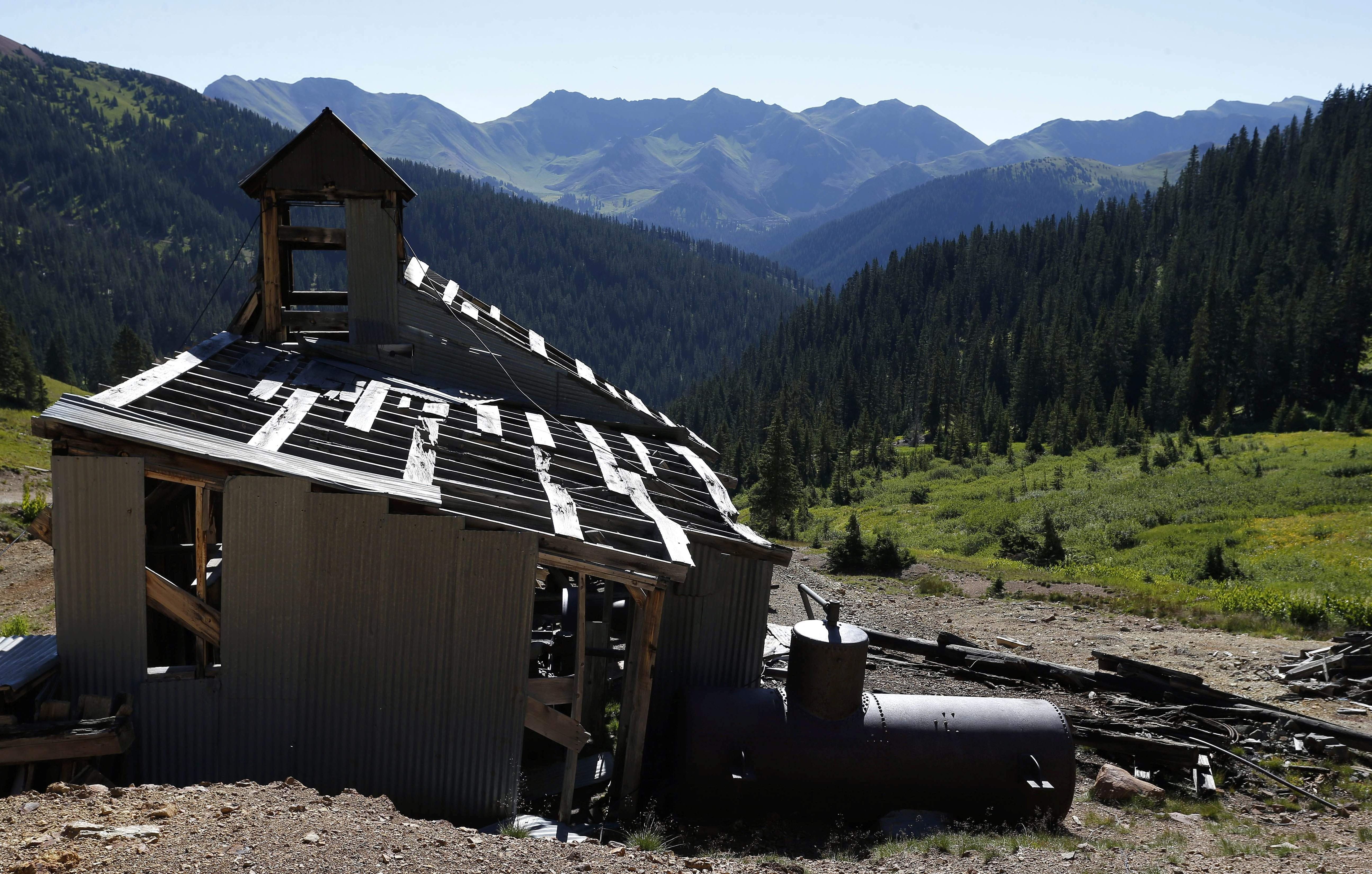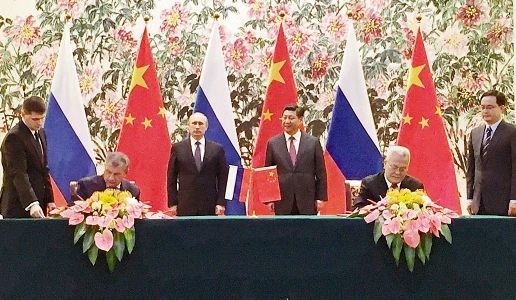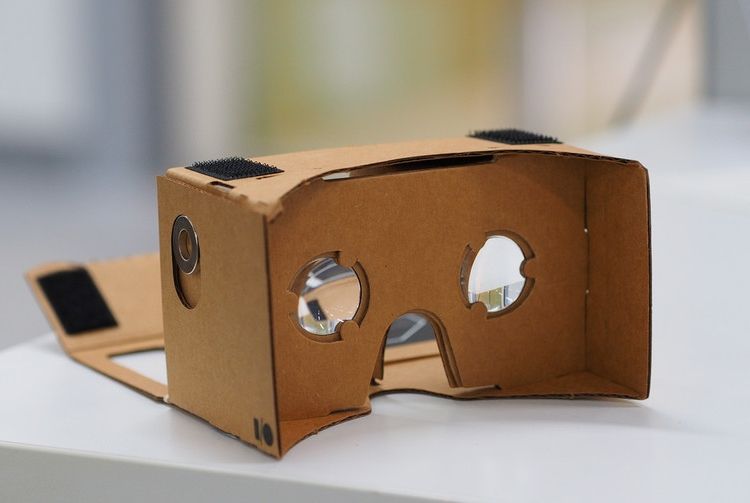Fun stuff.
What are the fundamental limitations inherent in machine learning systems?
That’s the central question of a potential new DARPA program known as the Fundamental Limits of Learning (Fun LoL) which according to the researchers will address how the quest for the ultimate learning machine can be measured and tracked in a systematic and principled way.
+More on Network World: Not dead yet: 7 of the oldest federal IT systems still wheezing away +
“It’s not easy to put the intelligence in artificial intelligence. Current machine learning techniques generally rely on huge amounts of training data, vast computational resources, and a time-consuming trial and error methodology. Even then, the process typically results in learned concepts that aren’t easily generalized to solve related problems or that can’t be leveraged to learn more complex concepts. The process of advancing machine learning could no doubt go more efficiently—but how much so? To date, very little is known about the limits of what could be achieved for a given learning problem or even how such limits might be determined,” DARPA stated.









